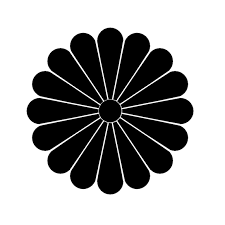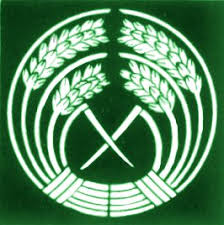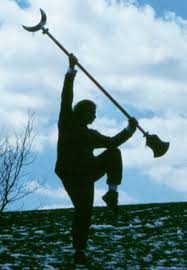So that being said I feel strongly that there is a way to design a martial arts system. A system is a way to scientifically explore ideas about human biomechanics, with the goal of improving marital skill.
A good friend of mine, a Chinese traditional martial artist, came to my school. I asked him to demonstrate a technique - which ever technique was his favorite. He looked puzzled, because while he knew 30 forms, he did not know how to touch someone to get the results he desired. The system had a flaw.
Things I think are critical for a successful system

1. PHILOSOPHY OF STUDY
"I am going to train to punch someone till I win." Or "I am going to learn to use a sword."
After you figure out the general idea, you need -

2. THE PRINCIPLE FORM
A form or two that demonstrates basic principles of movement. IN other words, how do YOU plan on moving.
"I am going to cartwheel to defeat my enemies!" or "I am going to use a relaxed posture, and practice moving in different angles"

3. PREARRANGED FORM- 2 man kata.
Now we have chosen our philosophies of intent and biomechanics, it is time to start technical training with a partner. This area of training is typically slow and methodical, people switching roles. "I am the attacker!" This allows someone to start working on technique, with less variables to worry about.
I feel drills often fall in this category.

4. RANDORI - or a system of free play
Now this phase is SO important. The flaws of most martial arts is either they stop the practice at level 3, prearranged form - or they start their training at this level! Both methods are flawed.
Randori is a system of free play, people countering within the confines of their system. Usually it is done slower than a fight with rules of play in place. Technical goals are sought after.
this might be sparring in karate, randori in Judo, push hands, chi sao, generalized wrestling, all fencing also falls into this category.
I my humble opinion, if you do not have a good system of Randori - your results in the long term will be severely limited. You will be stuck in a happy place with your two man kata, thinking you have achieved martial excellence. Randori is key!!!
You see, randori will quickly show you the flaws in your understanding, strategy and technique. It is the testing ground of your science. In the early stages you had hypothesis - but now you must test and retest to prove and develop your ideas and strategy. If you are failing to have results in randori - you must go back and change either your philosophy of study, your principle form, or your techniques. Continue to do this until you start to be successful in randori.

5. SHIAI
Shiai is a level of training where I don't have to follow all the strategies of the system. As we are doing push hands - I might tackle you. If we are boxing I might engage for a throw. This level of training helps you adapt to different strategies. This is one reason the Karate guys get slaughtered by the ground fighters. Most karate training is a punching game, and because they did not train in a way that they could break rules and strategies.
A general guideline of where I believe it is optimal to spend your training time
1 philosophy always
2 principle form 15 percent
3 techniques 50 percent
4 randori 30 percent
5 shiai 5 percent

Hopefully this will help you in some way. Most martial arts have big holes in their training. Even if you do not accept my ideas into your training - I challenge you to figure out other methods around the problems you will face. I promise you, doing the drunken monkey form 10 times a day for 40 years will not qualify you defend yourself on it's own.







A martials style or system is after all a training method.
ReplyDelete"Philosophy practiced is the goal of learning."
Thoreau
It might be helpful to organize your activities according to Yan Gao Fei's theoretical hierarchy:
philosophy-> principles->applications-> form
From the philosophy of one's art, comes the principles. The applications in turn are derived from the principles, and subsequently manifest themselves in the form.
well put -- though i'd place the emphasis on shiai at less than the weight you give it at five percent -- my limited experience in competition tells me that yes it is useful, but no not "that" useful-- on this point i liked the story of kano telling young mochizuki that shiai was best to be engaged in about once a year at most-- beyond that and he was diverging from the true way-- that kano fella was a pretty smart cookie in my book
ReplyDelete